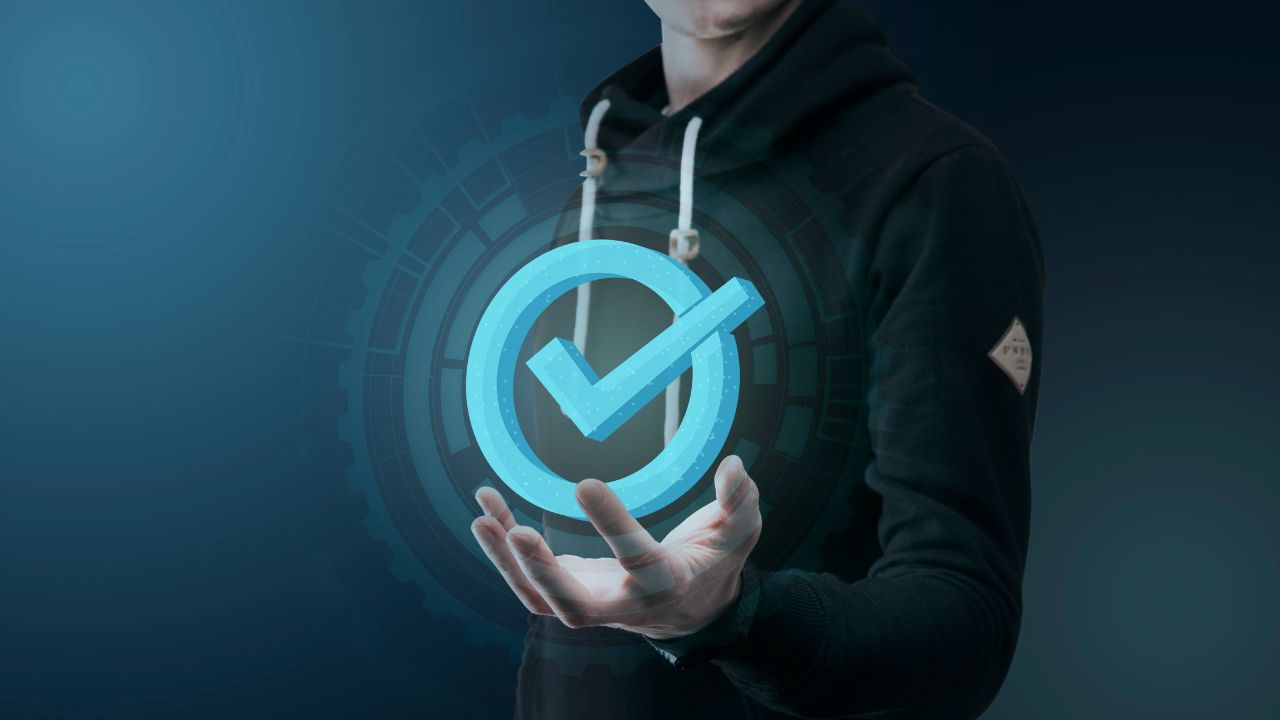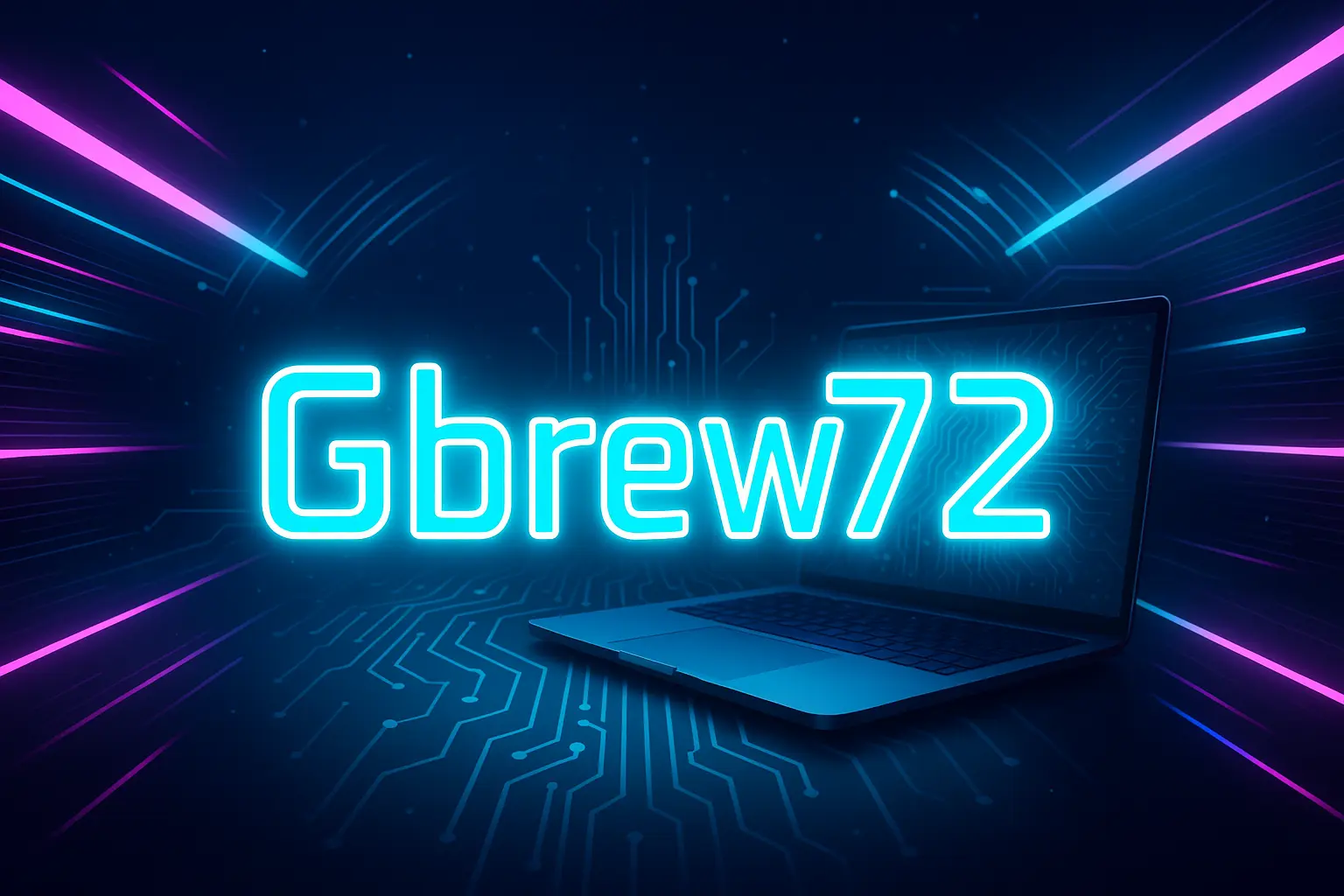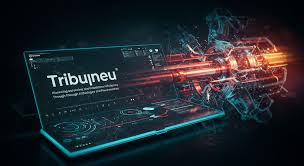Kalibraatio: Understanding in Modern Technology
In today’s data-driven and precision-focused world, accuracy is everything. Whether in laboratories, manufacturing plants, healthcare, or even consumer electronics, kalibraatio—the Finnish word for calibration—plays a vital role in ensuring that instruments and systems deliver correct and reliable results.
What Is Kalibraatio?
Kalibraatio refers to the process of adjusting and verifying the accuracy of a measuring instrument or system. The goal is to ensure that readings or measurements provided by the instrument are as close as possible to a known standard or reference value.
In simple terms, calibration helps confirm that what an instrument is showing is actually correct.
Why Is Kalibraatio Important?
Precision is critical in almost every industry. Even a small error in measurement can lead to significant consequences — from faulty products to inaccurate medical diagnoses. Kalibraatio helps:
- Ensure measurement accuracy
- Maintain quality control standards
- Extend equipment lifespan
- Comply with industry regulations
- Build trust in results and data
Whether it’s a thermometer, scale, pH meter, or pressure gauge, all instruments drift over time due to wear and tear, environmental conditions, or electrical interference. Calibration brings them back to standard.
Common Industries That Use Kalibraatio
- Manufacturing: Ensures machines produce components with precise measurements, reducing waste and maintaining quality.
- Healthcare: Ensures accuracy in medical devices such as blood pressure monitors, thermometers, and lab equipment.
- Laboratories: Analytical tools must be perfectly calibrated to give valid results in chemical, biological, or environmental testing.
- Automotive and Aerospace: Even minor deviations can affect safety and performance; hence, regular calibration is essential.
- Consumer Electronics: Devices like smartwatches, fitness trackers, or mobile sensors require accurate calibration for best user experience.
How Is Kalibraatio Performed?
Calibration usually involves the following steps:
- Reference Standard Comparison: The device being tested is checked against a standard that has a known level of accuracy.
- Fixing (if needed): If any differences are noticed, the device is adjusted or reset.
- Documentation: A calibration certificate is usually provided. It shows the results, the date of the calibration, and when the next calibration is due.
Calibration can be done inside the company with quality departments or by outside labs that meet international standards like ISO/IEC 17025.
Types of Calibration
- Mechanical Calibration: This is for tools that you can touch, like torque wrenches, micrometers, and scales.
- Electrical Calibration: For voltage meters, signal analyzers, and oscilloscopes.
- Thermal Calibration: This is for ovens, temperature sensors, or thermal cameras to check and adjust their temperature readings.
- Chemical Calibration: This is for tools that check pH levels, conductivity, or the amount of chemicals.
How Often Should Calibration Be Done?
How often you need to calibrate depends on:
- Kind of tool
- How often it is used
- Manufacturer’s suggestion
- Rules or guidelines set by the industry or laws.
- Factors related to the environment
Regular calibration schedules help avoid problems before they happen, making sure everything stays accurate.
Kalibraatio in Daily Life
Calibration isn’t just for factories — it affects our everyday lives more than we think.
Grocery store weighing scales
Speedometers in cars are tools that show how fast the car is going. They usually have a dial with numbers that tell the speed in miles per hour (MPH) or kilometers per hour (KPH). When you drive faster, the needle on the speedometer moves up, and when you slow down, it moves down. Speedometers help drivers stay within speed limits and drive safely.
- Home Thermometers
- GPS on smartphones
- Each of these depends on calibration to provide trustworthy information.
Last Thoughts
Kalibraatio is not just a technical task; it’s an essential part of ensuring quality, safety, and trust in today’s world. As technology is used more in daily life, measuring things accurately becomes more important. Whether you’re running a factory, managing a lab, or just checking your digital thermometer, calibration makes sure you get accurate data every time.














Post Comment